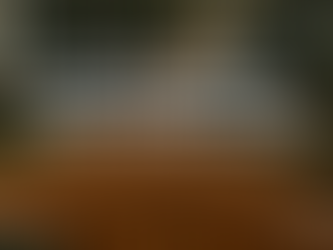

Almonds Surge as Global Demand for Plant Protein Grows
The global demand for almonds is about to hit a new high. According to the latest report from the US Department of Agriculture, global almond output is forecast to reach around 1.8 million metric tons (shelled) in the coming season, the highest volume since 2020-21.
11 hours ago1 min read


A Major Precision Fermentation Milestone for Aussie Eden Brew
Australia’s precision-fermentation scene just got louder. Eden Brew has landed a regulatory first with FSANZ officially accepting its application for assessment — the first precision-fermented milk protein ever to enter the ANZ regulatory system. For a market still arguing about whether next-gen dairy is “real enough,” this is the moment the science steps into the ring with the regulators.
1 day ago1 min read


Global Top20 Food-Tech Companies to Watch
If you want to know where food is really heading over the next five years, forget the doom-scroll headlines about collapsing plant-based sales. The real story is happening in fermentation tanks, mycelium reactors, lipid biodesign labs, cultivated-meat cell bays, AI flavour engines, and vertical farms pushing out produce with military precision. According to TRENOS, these 20 companies, the Global Top 20 Food-Tech Companies, are building the infrastructure of the next food syst
2 days ago1 min read


The Global Herbal Tea Boom Just Got Loud
The global herbal tea market is quietly steeping into one of the world’s biggest “natural wellness” plays — hitting US$2.49 billion in 2022 and steaming toward US$4.33 billion by 2032. A neat 5.6% annual growth tells you everything: people are ditching artificial everything in favour of old-world, plant-based brews that feel cleaner, calmer, and more in tune with the body than the hyper-caffeinated drinks industry wants to admit.
2 days ago1 min read


CRISPR Mycoprotein Gets a Consumer Upgrade
Consumers might not care about CRISPR Mycoprotein, Fusarium venenatum, or metabolic engineering, but they absolutely care about food that’s cheaper, cleaner, and doesn’t taste like damp cardboard. That’s why this new “super-mycoprotein” - breakthrough matters. Researchers have taken the fungus behind mainstream mycoprotein (think Quorn) and hacked it to grow 88% faster, using 44% less sugar, and slashing emissions by up to 60%.
3 days ago1 min read


Korean Temple Food Goes Global
Korean Temple Food isn’t just having a moment, it’s quietly reshaping the global conversation around how we eat. What used to look like monk-led minimalism is now the kind of plant-based clarity younger consumers crave: seasonal ingredients, zero pretence, and flavours not relying on the industrial food matrix. The irony? While everyone else chases “clean label,” Korean monasteries were already serving it centuries ago.
5 days ago1 min read


Brevel Enters the Chlorella Market With Purallis
So here’s the twist you didn’t see coming: chlorella just got an upgrade, and it didn’t come from the usual pond-grown suspects. Israeli innovator Brevel has quietly slipped into the microalgae game with Purallis, a lab-lit, illuminated-fermentation chlorella not behaving like the swampy, iron-heavy stuff the category has been stuck with for decades.
6 days ago1 min read


Plant-Based Yogurt Surges as ANZ Brands Feel the Squeeze
Global plant-based yogurt is quietly climbing at a 9.2% annual growth, driven by gut-health hype, dairy fatigue, and the rise of “clean comfort foods” that look and behave like the real thing without the lactose hangover. And while oat and almond yogurts are having their moment, it’s coconut yogurt that keeps showing up in shopping baskets because consumers trust the texture, thick, creamy, reliable.
7 days ago1 min read
















Comments